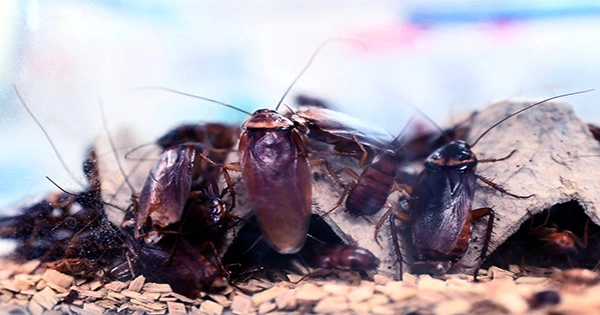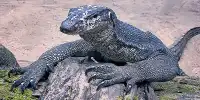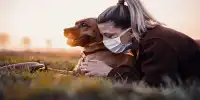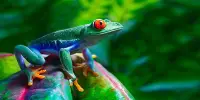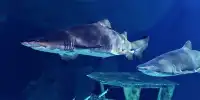Cockroaches were there when the boulder known as the Chicxulub impactor fell from space and crashed into the Earth 66 million years ago. The collision created a tremendous earthquake, and experts believe it prompted volcanic eruptions hundreds of kilometers away. Except for certain species that were progenitors of today’s birds, three-quarters of all plants and animals on Earth died, including all dinosaurs. When so many formidable animals were extinct, how could roaches only a few of inches long survive? It turns out that they were well prepared to survive a meteorological disaster.
You’ve probably noticed how flat cockroaches’ bodies are if you’ve ever seen one. This isn’t a coincidence. Insects with a flatter body can fit into narrower spaces. This allows them to hide almost anywhere, which may have aided their survival after the Chicxulub impact. Temperatures on Earth’s surface soared as a result of the meteor’s impact. Many creatures had nowhere to go, but roaches could hide in small dirt cracks, which offer good heat protection.
The meteor’s collision set off a chain of events. The sky darkened as a result of the dust it stirred up. Temperatures plummeted as the sun set, and conditions became snowy all around the world. Surviving plants struggled to thrive in the lack of sunshine, and many other species that relied on those plants died hungry. Cockroaches, however, are not among them. Cockroaches, unlike certain insects that prefer to consume only one type of plant, are omnivorous scavengers. This means they’ll consume almost any animal or plant-based food, as well as cardboard, some types of clothes, and even feces.
Cockroaches have been able to endure lean periods since the Chicxulub extinction and other natural calamities because of their finicky tastes. Cockroaches also have the advantage of laying their eggs in little protective casings. These egg cartons are called oothecae, which means “egg casings,” and they resemble dried beans.
The care is hard, like phone cases, and protects their contents from physical injury as well as other hazards like floods and drought. From the safety of their oothecae, some cockroaches may have waited out the Chicxulub disaster. Cockroaches are little survival insects that can survive almost everywhere on land, from the tropics to the furthest reaches of the world. Cockroaches are estimated to number over 4,000 species, according to scientists.
A few of these species thrive in human environments and rapidly become pests. It’s difficult to get rid of cockroaches and their oothecae after they’ve established themselves in a structure. When vast numbers of roaches congregate in filthy environments, illnesses can spread. The allergens they create, which can provoke asthma attacks and allergic responses in certain people, are the greatest hazard they represent to human health. Cockroaches are difficult to control because they are resistant to many chemical pesticides and possess the same traits that enabled their forefathers to outlast numerous dinosaurs.
Cockroaches, on the other hand, are much more than a pest to deal with. Cockroaches are being studied to learn how they move and how their bodies are built in order to develop better robots. As a biologist, I consider all insects to be beautiful, six-legged models. Cockroaches have previously conquered obstacles that dinosaurs could not. I’d be more concerned about people than cockroaches if another asteroid struck the Earth.
